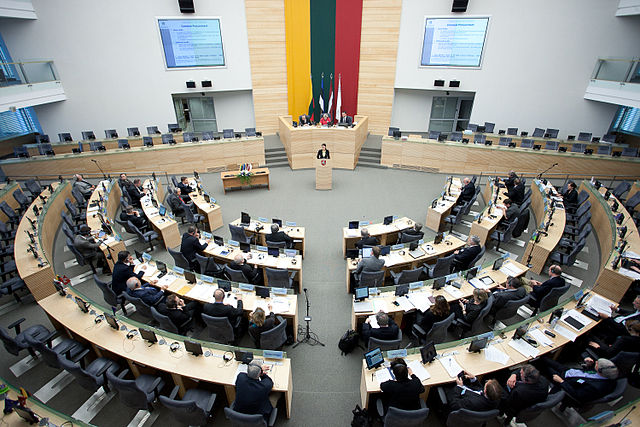An Australian nursing union Wednesday filed a prosecution case against the New South Wales government for breaching patient care and staffing standards. In a statement, the NSW Nurses and Midwives Association (NSWNMA) claimed that data from a government public interest request uncovered “systematic and ongoing non-compliance statewide,” including severe understaffing of nurses per shift and insufficient care hours.The statement of claim prepared by the NSWNMA citeed 1,484 contraventions across nine prominent hospitals, including Royal Prince Alfred, Concord, Westmead, Liverpool, Nepean, Gosford and Wollongong. Of those reported, 777 award contraventions were reported at Gosford Hospital between 2018 and 2022. Hospitals have lost almost 120,000 hours of nursing care as a result of systematic understaffing.NSWNMA General Secretary Shaye Candish stated that the current Nursing Hours Per Patient Day staffing model is “not fit for purpose” and falls short of providing adequate care to patients. Delays in care can adversely impact patient outcomes, increasing the risk of patients falling, acquiring infections like pneumonia, pressure sores and blood clots.Candish explained:We are talking about hundreds of thousands of nursing care hours not provided on general medical and surgical wards, meaning patients may have missed timely care, such as blood pressure checks, wound care, or showers due to inadequate or unsafe staffing.NSWNMA Assistant General Secretary Michael Whaites said that the union has reported non-compliance to the NSW Industrial Relations Commission on multiple occasions, and the issues have not been addressed. “Patients are missing out on basic care and staff are being worked into the ground,” Whaites said.The union has pushed for a shift-by-shift nurse-to-patient ratio system to combat endemic staff shortages, however, the government has failed to implement the change. The current minimum nurse-to-patient ratio in NSW is 1:4 in the mornings and afternoons, and 1:7 during the evenings. During the height of the COVID-19 pandemic, hospitals faced short-staffing, excessive workloads, overcapacity, and increasing restrictions in the workplace, resulting in strikes and protests.




The Most Read
Сryptocurrencies
Bitcoin and Altcoins Trading Near Make-or-Break Levels
Financial crimes
Thieves targeted crypto execs and threatened their families in wide-ranging scheme
Financial crimes
Visa Warning: Hackers Ramp Up Card Stealing Attacks At Gas Stations
News
Capitalism is having an identity crisis – but it is still the best system
Uncategorized
The 73-year-old Vietnamese refugee is responsible for bringing Sriracha to American consumers
Uncategorized
Electric Truckmaker Rivian, Backed By Amazon, Ford, Raises Whopping $1.3 Billion